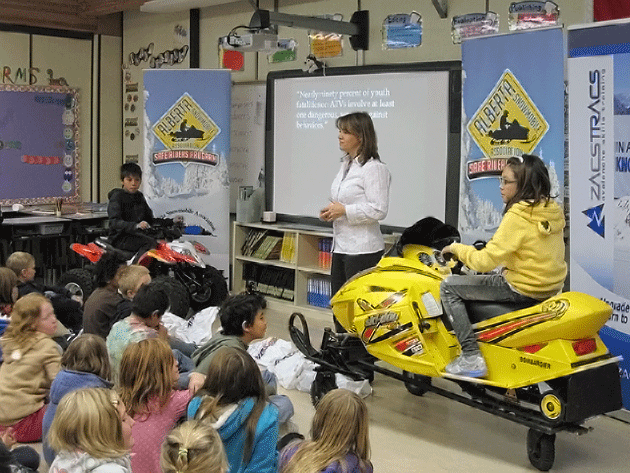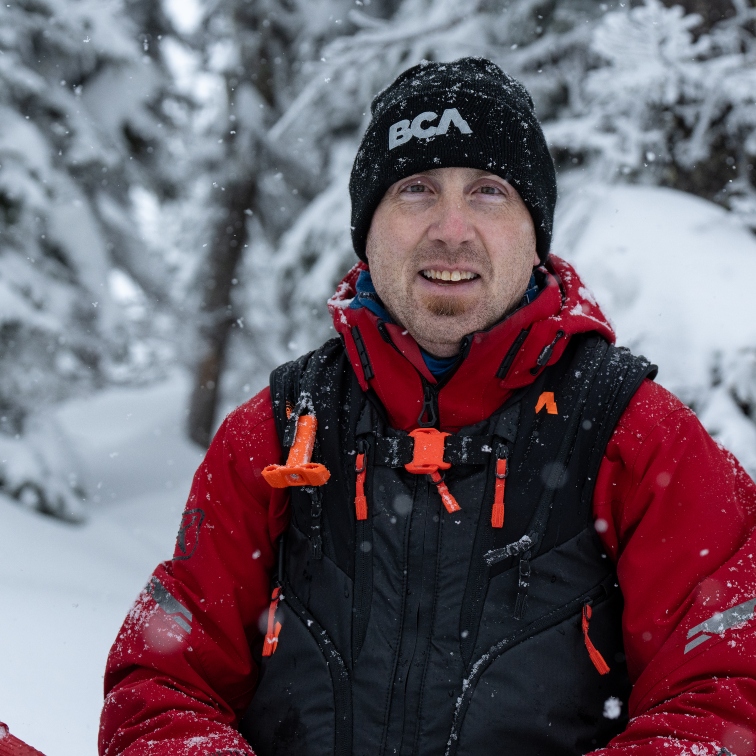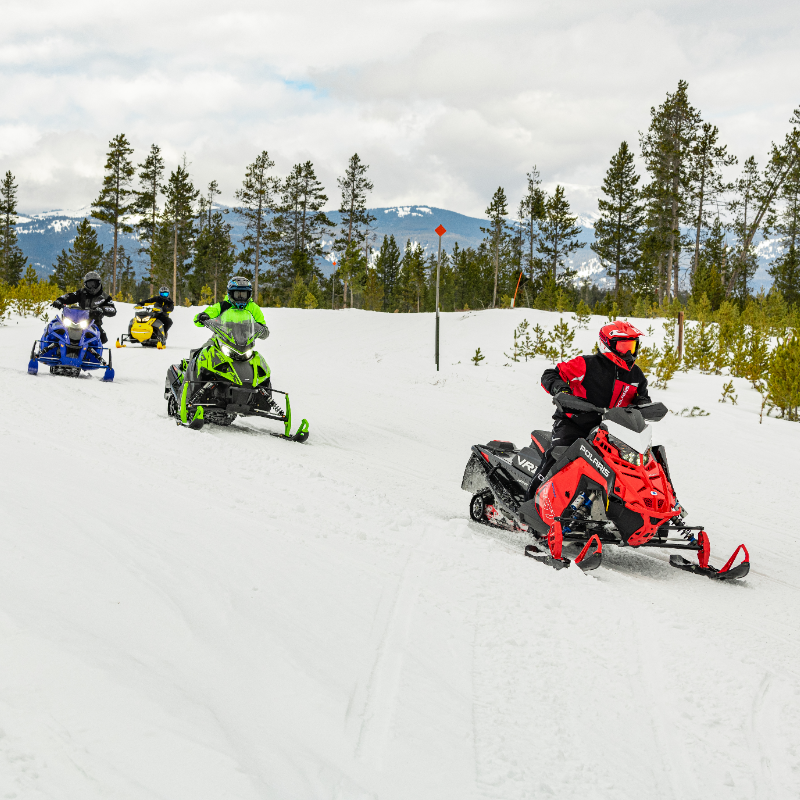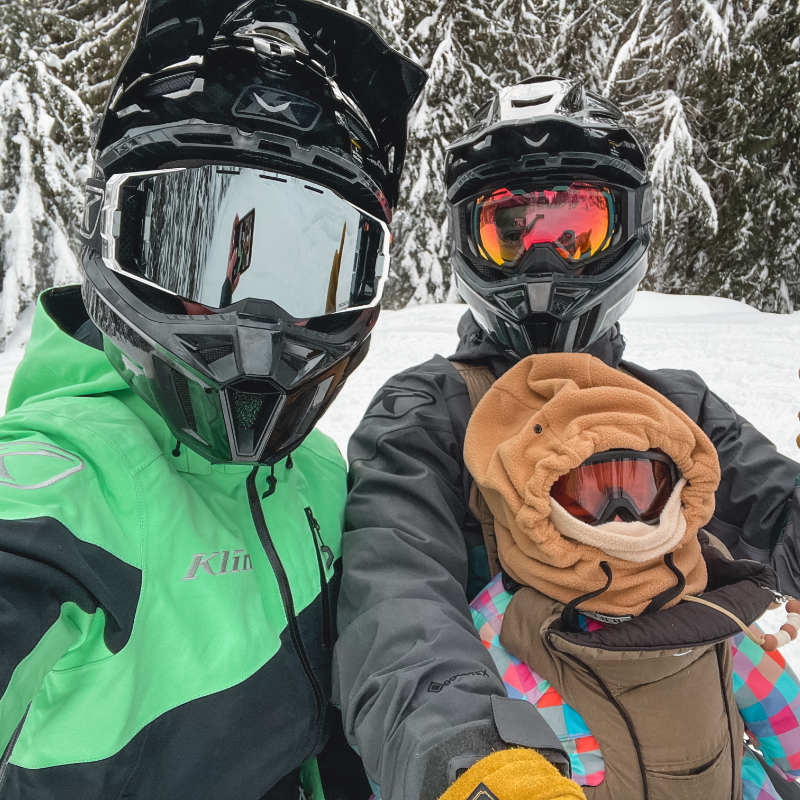Lori Zacaruk is an instructor with the Alberta Snowmobile Association's (ASA) Safe Rider program. Zacaruk has been working with the ASA and the Canadian Avalanche Centre (CAC) for more than 12 years to bring snow and avalanche safety messages to students and adults throughout Western Canada. During the 2011-2012 season, Zacaruk and her team presented to more than 12,400 school students. A total of 113 presentations were made in 62 schools in 51 communities.
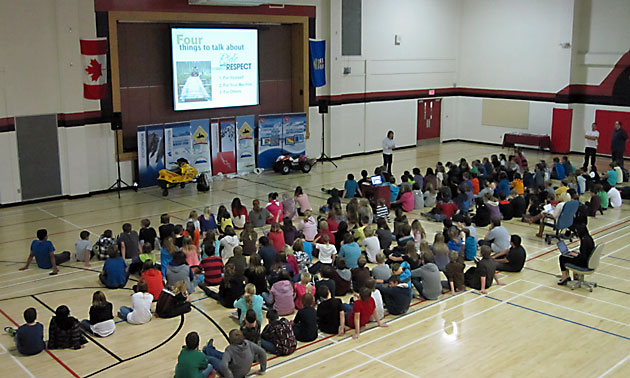
The ASA has been providing the Safe Riders program, free of charge, to Alberta schools and community groups for more than 15 years. We have reached tens of thousands of students from border to border. The message of safe, all-season off-road riding is an important one that is not covered in the Alberta school curriculum. With the help of our many partners and sponsors, the ASA continues to fulfil its mandate of promoting safe, sustainable snowmobiling in Alberta.
The interactive, assembly-style programs range from 45 to 90 minutes and are customized to suit all ages—from Kindergarten to Grade 12. Student involvement and group discussions are key to the students staying involved and integrating the material into their future decision-making.
The overall theme of the program is to Ride With Respect:
For Yourself (don’t get hurt)
For Your Machine (don’t damage your ATV)
For Others (don’t hurt or disturb others)
For the Land (don’t make a mess)
Feedback from teachers is consistently high as they see the benefit in our message. The presentation helps students figure out that if we want to have fun, it is important to Ride Safe and Ride Smart. Most actions that lead to accidents were made with a short-term goal of fun in mind. The problem is that the fallout from accidents is often very long-term in nature. A rational balance between risk and reward needs to be chosen to give us the best odds of living long and active lives.
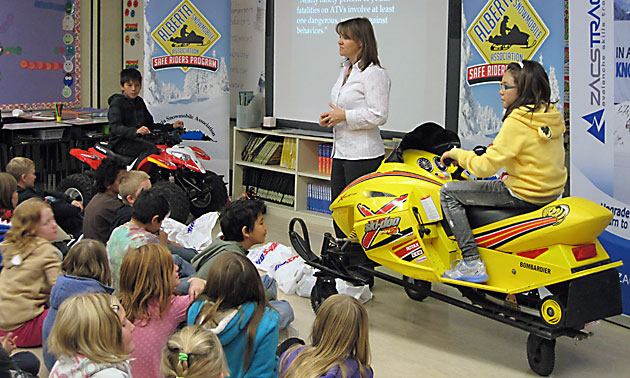
It is important for young riders to be on the right size of machines. Riders that are too big overload the machines. Riders that are too small cannot handle the horsepower and weight of adult machines. Young riders cannot properly reach the controls, have difficulty manoeuvring the machine and tend to have their feet dangling above the running boards or footwells. Without solid footing, children cannot shift their weight while riding. This means they cannot maintain their personal balance nor shift their weight to balance the machine.
In an emergency situation, they also cannot push off if they need to get away from the machine.
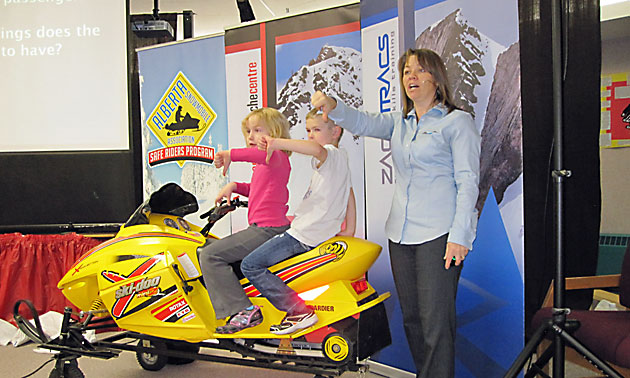
Many accidents happen when youth are doubling on the machines. Youth machines are not set up as passenger machines. Passengers can be distracting—drivers, young and old, need to be paying attention. No matter the ages of our passengers, drivers are taking responsibility for some very precious cargo. It is one thing to hurt ourselves. It can be very hard to live with ourselves if our actions are responsible for injuries or loss of life of a friend or family member. Even machines built for doubling are operating at an increased risk. The passengers are often carried higher, which makes the machine more tippy.
As well, the features designed to help the passenger stay safely on many ATVs can be in the way if the driver and passenger need to bail out in the event the machine begins to tip. The ideal situation is for each rider to be capable of handling his or her own machine, to take turns, or to have passengers ride seat-belted into UTVs or side-by-sides that are set up with roll protection.
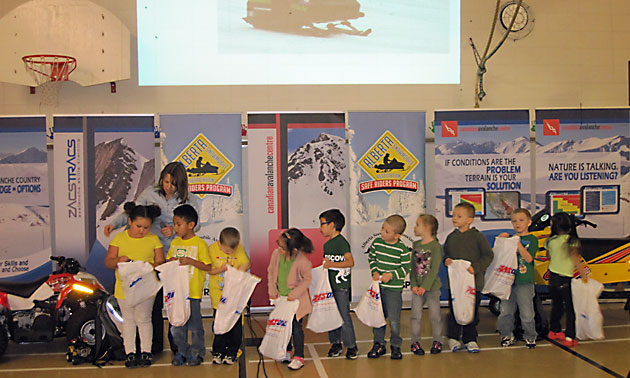
Our young volunteers pull items of clothing and safety gear from the bags for the audience to assess—thumbs-up for gear that is good and thumbs-down for bad. Many kids give the thumbs-up for the bicycle helmet, not recognizing that while it is an appropriate safety tool for one sport, motorized recreation requires a helmet that meets or exceeds the standards set by the Department of Transportation (DOT) or the Snell Memorial Foundation Inc.
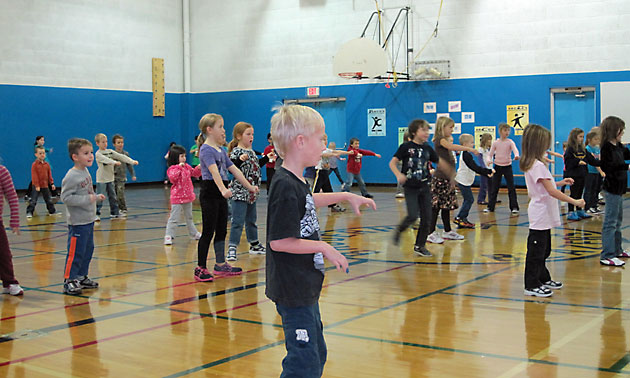
We all learn better by doing. Riding Safe and Riding Smart includes a pre-trip check. These students in grades 1 to 3 are checking the smooth movement of their gas and brake levers before starting their imaginary snowmobiles. If the levers move smoothly, the students will give a thumbs-up. If the controls are sticky and don’t return properly, the kids are urged to “go tell an adult!”
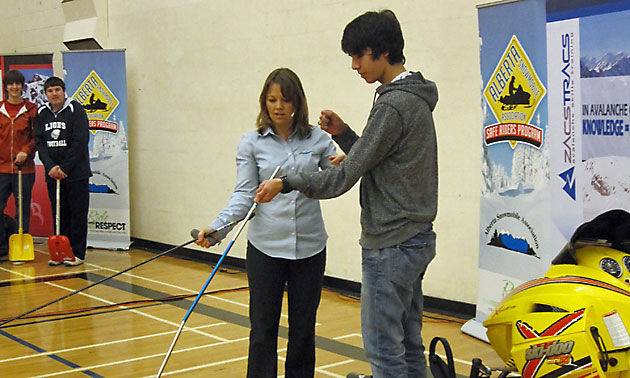
Older students are introduced to avalanche safety. Depending on the community’s proximity to the mountains, many of the students have snowmobiled, skied or snowboarded and everyone has an interest in the mystery of snow avalanches. Volunteers from the audience come forward to learn how to assemble shovels and probes and to search for a hidden transceiver in the room.
Most people think of transceivers, shovels and probes as safety equipment. In reality, these are rescue tools to help us recover from mistakes made. The best safety tool to invest in is sitting on your shoulders. Training opens a rider’s eyes to commonsense observations and options that are available to us during each of our riding days. It is avalanche training that helps us to “not get caught.”
Avalanche Safety Training (AST) Level 1 courses and resources—such as regional avalanche forecasts at the Canadian Avalanche Centre—are very important to access before travelling in avalanche terrain.
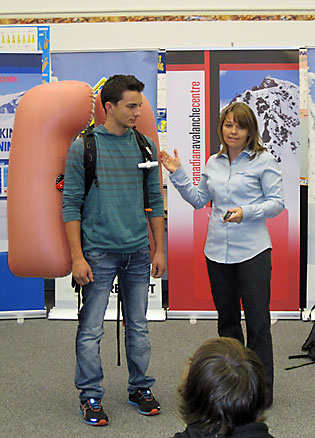
Many snowmobilers are looking toward avalanche airbags, such as this ABS backpack. Combined with an AST Level 1 class, this is a good start toward increased safety in the backcountry. The airbag is designed to improve the chances that a person caught in the flowing motion of an avalanche will be found near the surface or on top of the snow—once the avalanche comes to rest.
While this is a great last-ditch effort to stay alive, we need to realize that the ultimate goal here is to not trigger the avalanche in the first place. Investing in an avalanche flotation device rather than training is like a pilot relying on their parachute rather than learning how to fly properly! Both work great in combination, but if you only have the resources to invest in one, learning to fly the plane properly is the obvious right choice.
